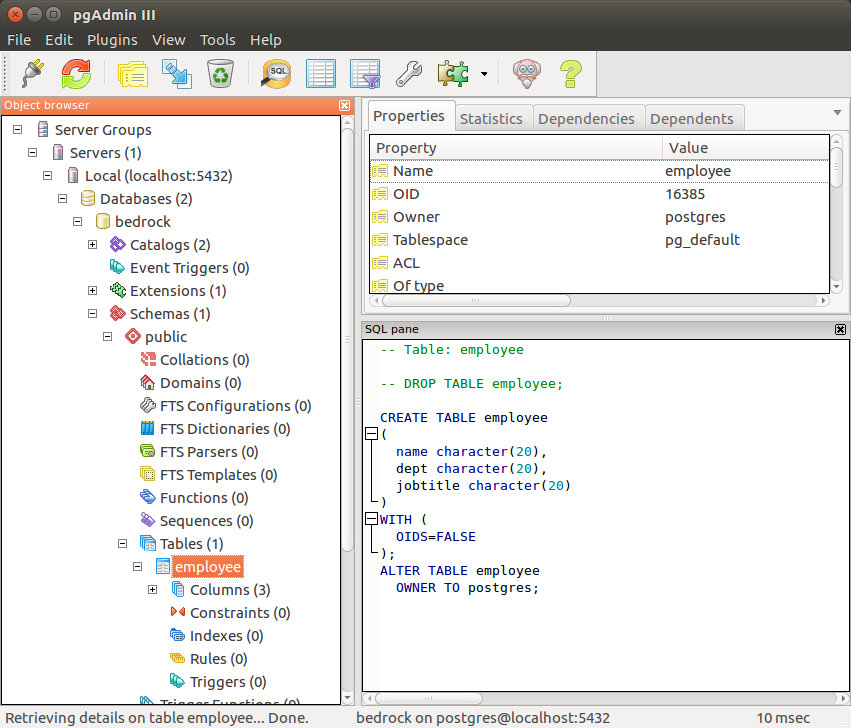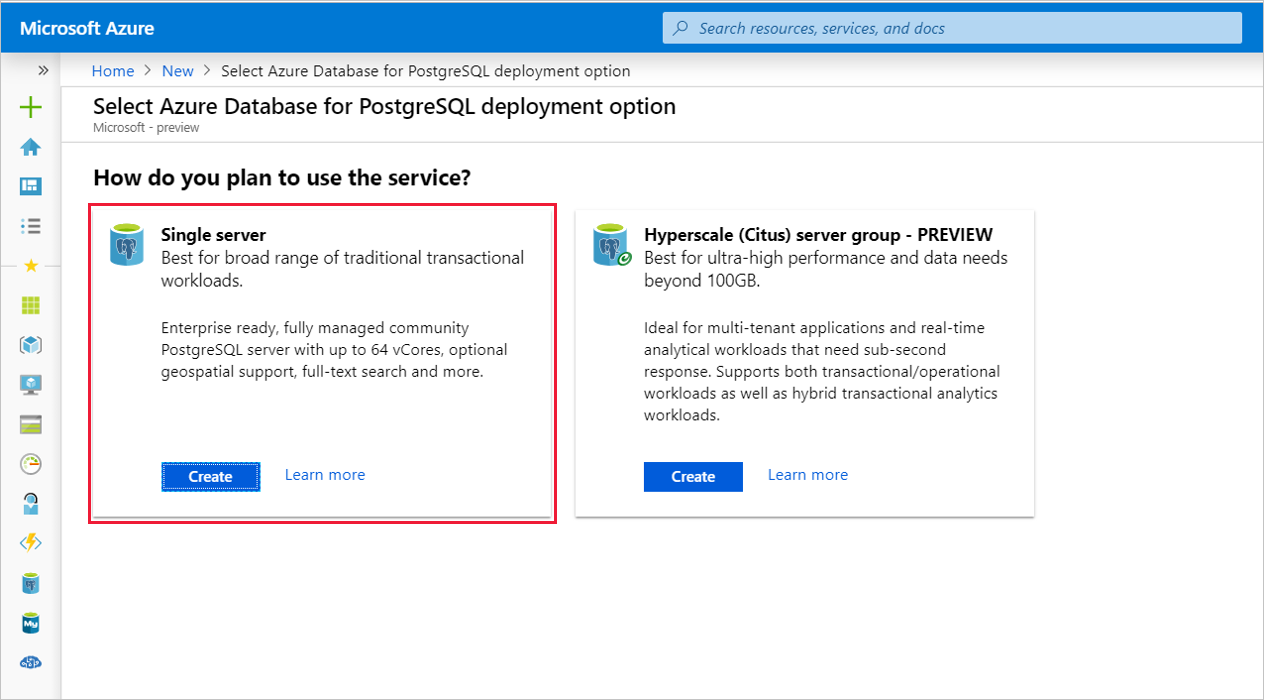

- #POSTGRESQL ADMIN TUTORIAL HOW TO#
- #POSTGRESQL ADMIN TUTORIAL PDF#
- #POSTGRESQL ADMIN TUTORIAL INSTALL#
- #POSTGRESQL ADMIN TUTORIAL PATCH#
- #POSTGRESQL ADMIN TUTORIAL CODE#
#POSTGRESQL ADMIN TUTORIAL PATCH#
With an ApsaraDB instance, there's no underlying operating system or virtual server for you to pay for, secure, patch or manage.

You can set alarms and triggers so that you will automatically be notified if performance or disk space falls below specified thresholds. You can keep a close eye on the performance of your hosted databases, in order to help you make decisions about whether additional resources might be required. Just as with a cloud-based Linux or Windows server instance, ApsaraDB database instances include a comprehensive monitoring system that's built-in. Or if you prefer, a pay-as-you-go option starts from less than 3 cents ($0.29) per hour provided that your ApsaraDB instance is active (storage and Internet traffic are additional costs). Pricing is based on a monthly subscription that starts from USD $29. If you need more performance or storage, it can be arranged with just a few clicks on the management console. They all run on SSD drives and you simply pay according to the amount of data you process. No longer do you need to patch your database server or manage its security.Īlibaba Cloud's database service is called ApsaraDB and it's currently available for SQL Server, MySQL, PostgreSQL, and Postgres Plus Advanced Server (PPAS), which is compatible with Oracle.ĪpsaraDB instances are fast, cost-effective, easy to back up and very quick to scale when you need additional performance. No longer is there any need to run a dedicated Windows or Linux server purely to host a copy of MySQL or SQL Server. Cloud providers such as Alibaba Cloud now offer database server instances as a service.
#POSTGRESQL ADMIN TUTORIAL CODE#
Then it's just a case of changing some configuration files within the application code to point the application at the new database server.Īs part of the world moved towards cloud computing infrastructure, new database server architecture arrived.
#POSTGRESQL ADMIN TUTORIAL INSTALL#
Just set up a new Linux or Windows server, install the requisite database engine and migrate the data. For example, a single Linux server might run Apache, PHP and MySQL.Īs the application scales and more performance is required, moving the database to its own server is the obvious next step. Sometimes the database engine runs on the same server as the application whose data it stores. Traditionally, databases have resided within instances of a database server such as SQL Server, MySQL, MongoDB and others.
#POSTGRESQL ADMIN TUTORIAL HOW TO#
In this tutorial we have shown how to migrate from your relational PostgreSQL database to the ApsaraDB for Relational PostgreSQL database on the ApsaraDB for RDS Server. Migrating from a Relational PostgreSQL to ApsaraDB RDS for PostgreSQL In this blog, Zhuodao takes a look at all the new features and changes. In case you need additional guidance on the PostgreSQL commands, the -help flag now includes a link to.

#POSTGRESQL ADMIN TUTORIAL PDF#
This coincides with a significant rework in the display of functions and operators in tables, which helps to improve readability both on the web and in the PDF documentation.


 0 kommentar(er)
0 kommentar(er)
